Aluminium alloys in structural engineering
Bar ohne Namen
Entschlossen verweigert sich Savage, der Bar einen Namen zu geben. Stattdessen sind drei klassische Design-Symbole das Logo der Trinkstätte in Dalston: ein gelbes Quadrat, ein rotes Viereck, ein blauer Kreis. Am meisten wurmt den sympathischen Franzosen dabei, dass es kein Gelbes-Dreieck-Emoji gibt. Das erschwert auf komische Weise die Kommunikation. Der Instagram Account lautet: a_bar_with_shapes-for_a_name und anderenorts tauchen die Begriffe ‘Savage Bar’ oder eben ‚Bauhaus Bar‘ auf.
Für den BCB bringt Savage nun sein Barkonzept mit und mixt für uns mit Unterstützung von Russian Standard Vodka an der perfekten Bar dazu.
Due to numerous beneficial properties, the building and construction industry has increasingly incorporated aluminium alloys in recent decades – leading to a large amount of research, all of which has sought to better understand the structural behaviour and design principles of these alloys. Another research team has now reviewed existing studies and research and provides a comprehensive overview in the article “A review of research on aluminum alloy materials in structural engineering”. Included are experimental, numerical and analytical studies on structural aluminium alloys as well as studies focusing on the mechanical properties of aluminium alloys under monotonic, cyclic and thermal loading conditions. However, the report also provides an overview of the alloys and their favourable properties.
Aluminium in the construction industry
Currently, around 25% of the world's aluminium production flows into the global construction industry. Since 1995, several improvements have also been made in the manufacturing processes of aluminium alloys, which have reduced energy requirements by over 75%. This in turn has enabled an almost 40 per cent reduction in the industry's carbon footprint.
Mostly, the construction industry uses aluminium alloys, which can be divided into rolled and cast alloys: Rolled alloys are melted in a furnace and then formed into moulds by casting, while cast alloys are mainly treated in a solid state.
Typical aluminium alloy structures © via Science Direkt Article*
The "green metal": advantages of aluminium alloys
Aluminium alloys are particularly popular due to their exceptional corrosion resistance, lightness combined with high specific strength, good cold resistance and easy extrusion formability. These properties make it a favoured material in various sectors, including explosion-proof or maritime industries, in bridge construction or in the field of roof structures and curtain wall systems. The extrudability of aluminium alloys also makes them a versatile structural material that can create complex cross-sectional shapes suitable for structures that cannot be developed with traditional materials such as concrete or steel.
Aluminium alloy pipes have fewer restrictions on the concrete core compared to steel pipes, mainly due to the lower modulus of elasticity. In addition, aluminium alloy tubular concrete structures have superior corrosion resistance compared to their steel counterparts. In corrosive environments, opting for aluminium alloy tubular concrete structures can lead to extended service life, improved structural reliability and reduced maintenance costs. Extensive axial compression and bending tests have demonstrated the excellent mechanical performance of aluminium alloy tubular concrete and highlighted its wide applicability.
Further information and research insights can be found here:
* March 2024, Developments in the Built Environment: "A review of research on aluminum alloy materials in structural engineering” by Xiaohan You, Zhiquan Xing, Shaowei Jiang, Yao Zhu, Yuhan Lin, Huasheng Qiu, Renjie Nie,
Jiahao Yang, David Hui, Wei Chen, Yu Chen
